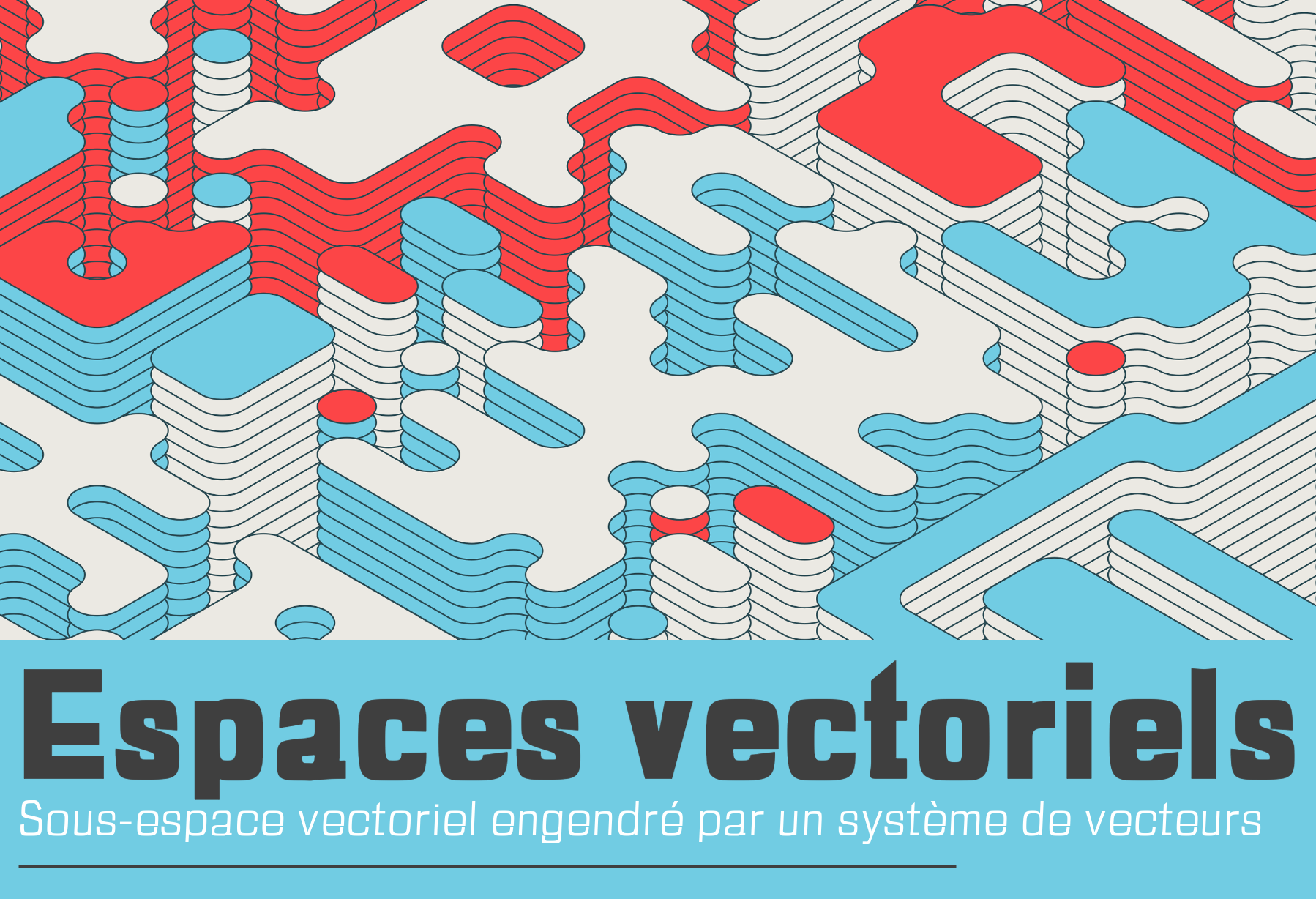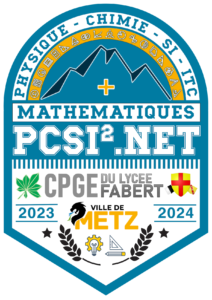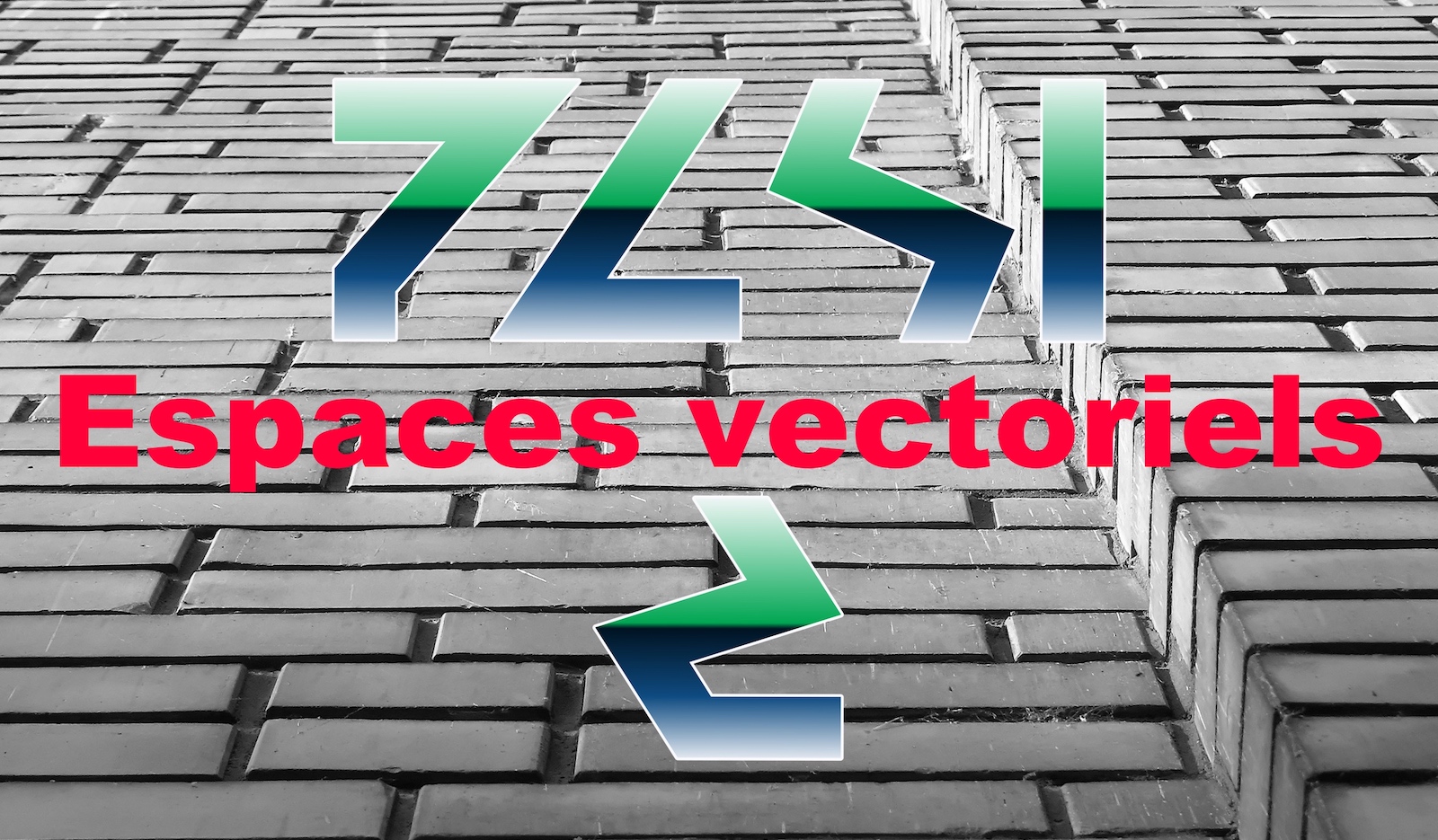
Savoir faire : Écrire un sous-espace vectoriel sous la forme \(F=\vect (e_1,e_2,\ldots,e_n)\).
Exercice : Soit \(n\in \mathbb{N}\). Montrer que les ensembles suivants sont des espaces vectoriels sur \(\mathbb{K}=\R\) ou \(\C\) dont on explicitera une famille génératrice puis une base.
=x_{n}\right\} \qquad F=\left\{ (x_{1},..,x_{n})\in \mathbb{K}^{n},\quad x_{1}+\cdots
+x_{n}=0\right\}
\]





